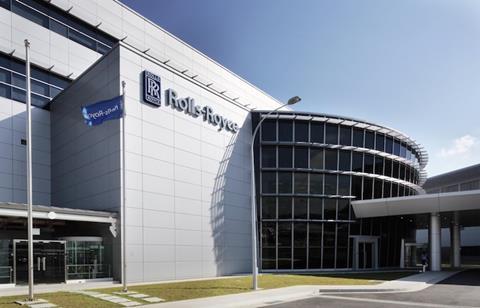
Luxury car manufacturing organisation Rolls-Royce conducted a pensions change project over 2016 in order to reduce the extensive governance costs of running five defined benefit (DB) pension schemes concurrently.
At the beginning of 2016, the organisation had five legacy final salary pension arrangements in place, covering 13,000 current employees. This included Rolls-Royce’s core pension scheme as well as arrangements gained through acquisitions. To reduce governance costs, the organisation planned to merge four of the final salary schemes together, and buy out the final remaining scheme. This would then leave one final salary arrangement in place.
The merged scheme is single trust final salary pension scheme, covering 80,000 current and former employees. The scheme, which is fully funded on a low-risk basis, has £13.5 billion in assets, and active members are accruing an 80th of their final salary.
The planning process for the project began in the summer of 2015, with the organisation announcing the proposed scheme mergers in February 2016. The formal consultation with staff commenced in August 2016 and the changes were executed on 31 October 2016.
Communicating the changes to staff was a key component of the project. Rolls-Royce worked with trade union Unite to devise a communications strategy that targeted affected employees covered by collective bargaining agreements. This included short, monthly email updates, which were supplemented with leaflets. In addition, Unite delivered face-to-face presentations to employees. Bite-sized videos that highlighted the changes were placed on the staff intranet, and the organisation put together case studies demonstrating how the changes would affect individuals.
Joel Griffin, head of global pensions and benefits at Rolls-Royce, who led the pensions change project, says: “The main focus was the joint communication with our senior employee representatives to help provide reassurance to our employees that what we were proposing was in their interests and there was a win-win to be had.”
As well as internal communications, Rolls-Royce also underwent a formal consultation process to comply with legislation around pensions change. This included providing active members with a statutory minimum 60-day consultation period, while former employees or retired members received a 30-day notice period.
One challenge Griffin and his team faced was forming a merged trustee board and deciding which trustee directors would retain their positions; at one point there were 40 trustee directors across the five plans. “That was delicate. We went through a process, and we were open and transparent,” Griffin adds.
As well as reducing both advisory costs and meeting schedules, the new final salary arrangement also offers better benefits to affected staff. The retirement options for active members have been improved, and Rolls-Royce now also provides financial advice to help scheme members consider their retirement options. The organisation has also created a framework for contingent increases to be awarded to pensions in payment earned before 1997, so long as the fund remains in surplus. The scheme currently has a surplus of £1 billion.
Employees who joined Rolls-Royce after 2007 are only eligible to join the organisation's trust-based defined contribution (DC) pension scheme. This has a tiered, age-related contribution structure. Members contribute 4%, and the employer contribution increases with the age of the employee. If the employee is under 30-years-old, the employer will contribute 5%; for employees in their 30s, the organisation will contribute 7.5%; employees over the age of 40 receive 11%; and members in their 50s receive a maximum employer contribution of 15%.











